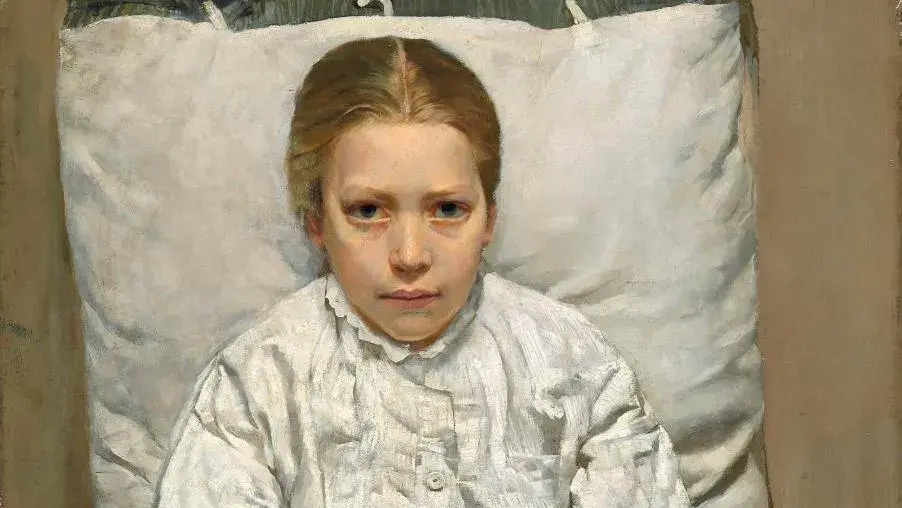Ikon Gallery Opens Exhibition Of New Work By Australian Aboriginal Artists

BIRMINGHAM.-Ikon presents exhibitions of new work by Australian Aboriginal artists Judy Watson (b. 1959) and Yhonnie Scarce (b. 1973), as part of an international tour developed in partnership with TarraWarra Museum of Art, Healesville, Australia.
Hetti Perkins, curatorial advisor on this occasion, explains that the artists are concerned essentially with “Australia’s ‘secret war’ – a battle fought on many fronts from colonial massacres to Stolen Generations to the Maralinga bomb tests. The seductive beauty of Watson’s and Scarce’s works belies their powerful message about the sustained campaign of the destruction of country, culture and community in Aboriginal Australia – their work is a kind of ‘tender trap’”. With the devastating evidence of climate change in Australia, manifest in apocalyptic wildfires and storms, these timely exhibitions deliver an urgent message.
Born in Mundubbera, Queensland, Judy Watson derives inspiration from her Aboriginal matrilineal Waanyi heritage, working from site and memory to reveal Indigenous histories and following lines of emotional and physical topography that centre on particular places and moments in time. Her practice often draws on archival documents and material to unveil an unceasing and institutional discrimination against Aboriginal people – the ‘secret war’ to which Perkins refers. Watson makes work that is politically charged, but she deliberately avoids didacticism, as she explains:
“Art as a vehicle for invention and social change can be many things, it can be soft, hard, in-your-face confrontational, or subtle and discreet. I try and choose the latter approach for much of my work, a seductive beautiful exterior with a strong message like a deadly poison dart that insinuates itself into the consciousness of the viewer without them being aware of the package until it implodes and leaks its contents.”
Including new paintings, video and sculptural pieces, this is Watson’s most comprehensive UK exhibition to date. A number of works have been made in response to visits she undertook to see British sites of prehistorical significance – including standing stones, circles and hill figures at Stonehenge, Avebury, Uffingham and Orkney. Watson’s paintings consider a more balanced and sustainable relationship between humanity and the rest of the natural world, chiming with a description of her recent exhibition in Australia: “exploring Indigenous strength and resilience in the face of climate change and other pressures”.
The conceptual idea underlying the trip was looking at ancient sites in the region, specifically stone sites: stone circles or standing stones. I also revisited The British Museum and The Museum of Archaeology and Anthropology at the University of Cambridge. My idea was to have images of standing stone forms—shadowy or very ghostly presences—and the floating of Aboriginal cultural material across the top. It’s a layering of experiences and a layering of understanding of what is culture. Judy Watson
Yhonnie Scarce was born in Woomera, South Australia, and belongs to the Kokatha and Nukunu peoples. Working with glass, she explores the political nature and aesthetic qualities of the material – in particular corresponding to the crystallisation of desert sand as a result of British nuclear tests in Maralinga during 1956-63. The shocking disregard for the safety of local Aboriginal people at the time was symptomatic of the pervasive racism that characterised much of Australian history since European settlement. Scarce explains the personal nature of the politics:
“[When conducting] family research or research in general related to issues of colonisation, it can be hard to [make those discoveries]; it’s an emotional process and then once it’s done, it’s not necessarily done but it’s a way of helping you deal with it […] It’s important to speak about what happened because it’s still affecting Aboriginal people today.
In Scarce’s Blue Danube series (2015), the hand-blown transparent Blue Danubes (a type of bomb used by the British) are filled with anthropomorphic glass black bush yam objects, like seeds in a pod, while Thunder Raining Poison (2015) could not send a clearer message about the impact the nuclear tests had on Scarce’s homeland. For Ikon, she undertakes a five week residency before presenting a major new work in our Tower Room. Birmingham is an ideal location for this project due to the proximity of traditional centres of glass manufacturing. Furthermore, the University of Birmingham was the site for most of the scientific research undertaken in the UK during World War II that ultimately led to the unleashing of the atom bomb.
Both exhibitions are accompanied by catalogues, each including an interview with Hetti Perkins, and tour to TarraWarra Museum of Art (Looking Glass: Judy Watson and Yhonnie Scarce, 21 November 2020 – 8 March 2021).
Judy Watson and Yhonnie Scarce are two of Australia’s most respected artists. They each display a distinctive, visually engaging and strident approach to the impact of colonisation on Indigenous Australians. The artists have spent periods of time researching this history in the United Kingdom, which has amplified and consolidated their ideas. TarraWarra Museum of Art is thrilled to be working with Ikon in the presentation of this unique project with new work by the artists, set to premiere in Australia at TarraWarra Museum of Art in November 2020. Victoria Lynn, Director, TarraWarra Museum of Art










